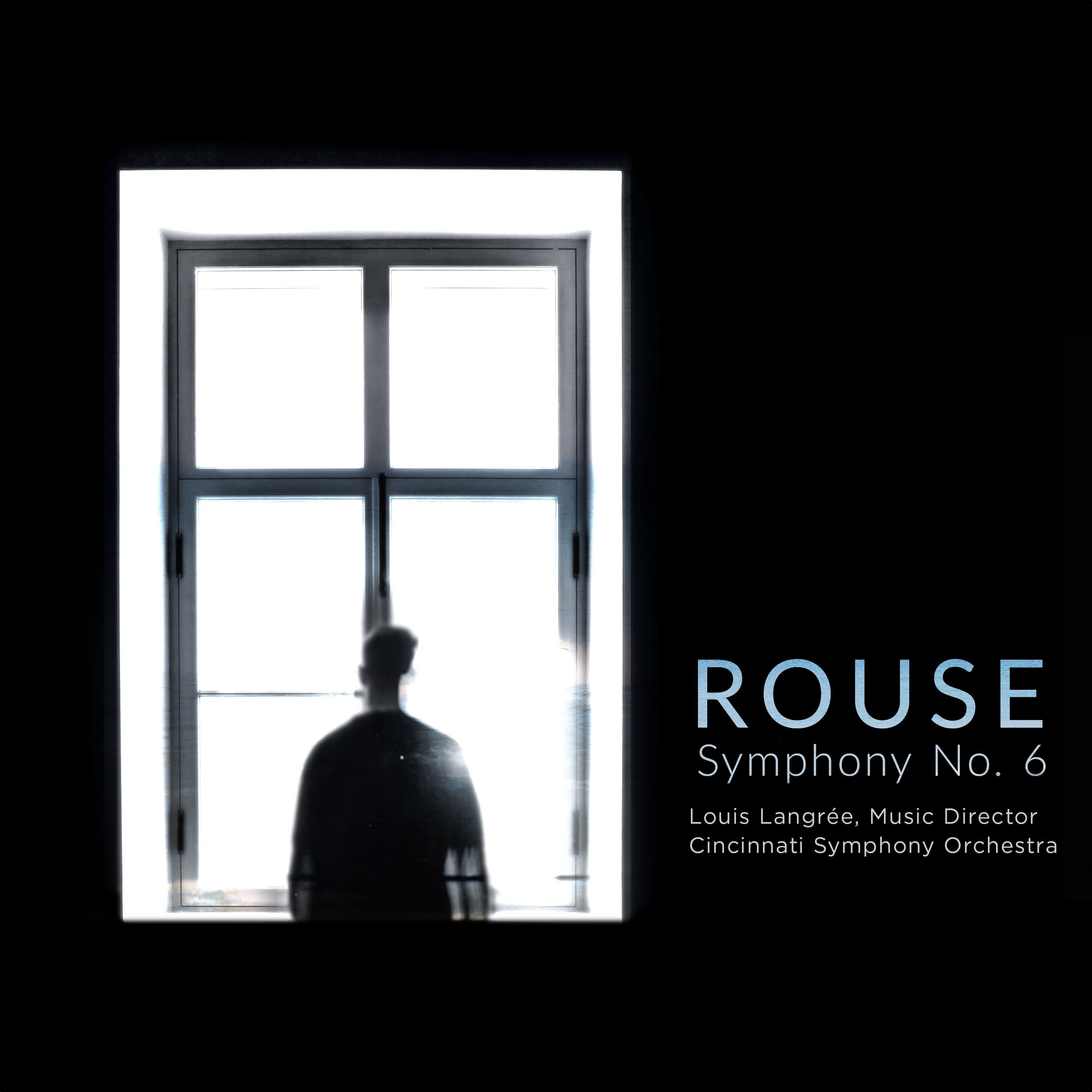2.2.2(II=bcl).2 - 4.2(II=Flg).3.1 - timp - prc (2) - hp - str
Abbreviations (PDF)
In my earlier years I found the task of writing a program note for a new work a comparatively easy, even pleasant, one. More than a few of my pieces had some sort of quasi-programmatic basis, and I found that I could often say much about the sources of inspiration in hopes that my observations might help the listener better understand my intent. In more recent years, however, I find that my new pieces fall into one of two categories: (a) scores that, while always placing emotional expression at the forefront of my intent, had no particular story or triggering event that led to the work's composition, or (b) works that were so deeply personal that I found myself reluctant to share intimately private sources of motivation. In both cases, though, it seemed that there wasn't much I could say.
My Sixth Symphony inhabiting the second of these two groups, I hope listeners will not be disappointed if I limit myself to more "objective" observations about the music. Commissioned by the Cincinnati Symphony Orchestra, this twenty-five minute symphony was completed at my home in Baltimore on June 6, 2019. The first challenge I face when planning a new piece is to settle upon a beginning and an ending and to decide the number and order of movements; in this case, I (rather unusually for me) chose a more-or-less standard four-movement structure with the outer movements being slow in tempo and elegiac in mood. The two middle movements are faster and the third, in particular, is meant to be highly dramatic. As is usual in my music, each movement connects to its successor without a break. In each of my symphonies I've also chosen to use an instrument or instrumental combination that might be seen as somewhat unusual in a symphonic context. My First Symphony, for example, requires a quartet of Wagner tubas. Here I have chosen to make use of the fluegelhorn, a larger and more mellow member of the trumpet family, and it is the fluegelhorn that presents the symphony's opening melodic material; it returns later in the first movement and again near the end of the entire work as a way of bringing the music "full circle". The scoring comprises two flutes, two oboes, two clarinets (second doubling of bass clarinet), two bassoons, four horns, two trumpets (first doubling on fluegelhorn), three trombones, tuba, harp, timpani, percussion (two players), and strings. As is also my wont, the harmonic language traverses areas of substantive dissonance as well as sections much more consonant (especially near the end of the symphony).
I know the "meaning" of this work in my own mind but wish to leave it to each listener to decide for him or herself what this could be. My main hope is that it will communicate something sincere in meaning to those who hear it.
—C.R.
“It’s a haunting and profound farewell, though not one of maudlin anguish or tearfulness. If you listen closely enough, all of Mr. Rouse—contemplative elegy, rowdy playfulness, eclectic homage—is in this score, masterfully orchestrated and transparently rendered. Twenty-five minutes long, it has the sweep of Mahler but the concision of poetry. The Sixth, like its composer, is also extremely likable: warmly received by the audience at Music Hall here, as I imagine it would be anywhere else.” — New York Times
“Speaking of this final work, the composer said “My main hope is that it will communicate something sincere in meaning to those who hear it.” Christopher Rouse’s Sixth Symphony does that with great feeling, sterling craft and economy and concentrated dramatic impact in a work that should quickly become a repertory standard. Rouse’s Sixth is not only arguably the finest of all his works in the genre but among the handful of truly great symphonies written by an American composer.” — The Classical Review
“But in the Sixth symphony, complexities have been transformed to a work of economy and transcendent beauty. It is a stunning summation – and one of the finest new works heard in Music Hall in decades. Sophisticated yet instantly accessible, it is sure to maintain an important place among symphonic masterpieces of the 21st century.” — Classical Voice America
“Rouse’s Sixth Symphony has elements of tragedy, with heaven-rending climaxes of shattering impact. But there was also evidence of the composer’s love of life in moments of sincere beauty and lightheartedness. Written with exquisite care, it was one of the finest new works premiered in Music Hall in memory and seems destined to become known as one of the symphonic masterpieces of our time.” — Cincinnati Business Courier

Rouse: Symphony No. 6
Cincinnati Symphony Orchestra
Louis Langrée, conductor
Fanfare Cincinnati Label

